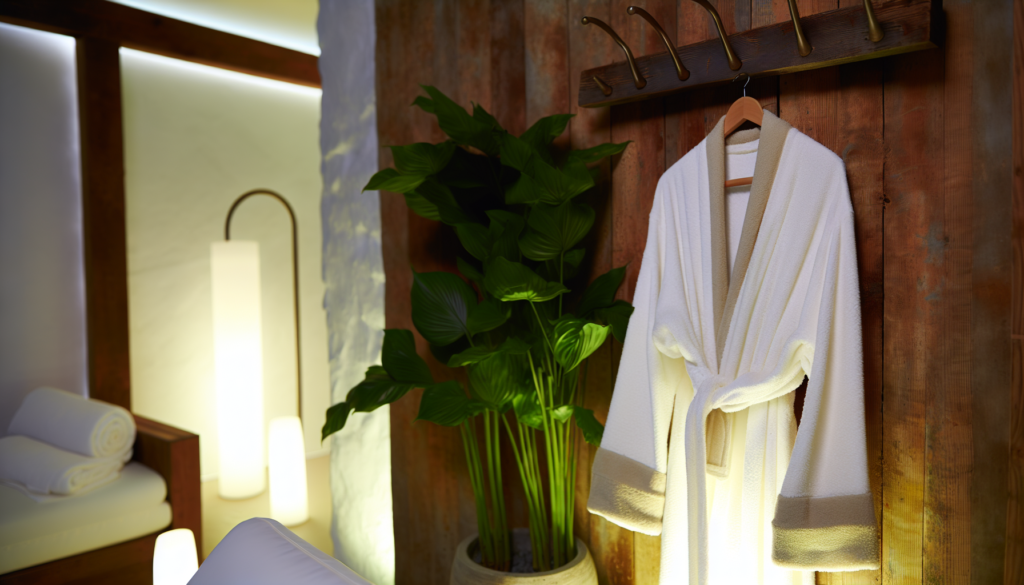Having combination skin can sometimes feel like trying to balance on a tightrope. One minute your cheeks feel dry and tight, the next your T-zone is a mini oil slick. It’s frustrating, but the good news? With the right routine, you can achieve clear, healthy skin without constantly battling extremes. The key is using products that target both dryness and oiliness while keeping your skin barrier happy. Let’s break down an easy-to-follow skincare routine that’ll give your skin exactly what it needs—without overcomplicating things.
Understanding Combination Skin: The Best of Both… or the Worst?
If your skin can’t seem to decide whether it’s oily or dry, welcome to the combination skin club. It’s one of the most common skin types, but also one of the trickiest because you’re dealing with two opposing concerns. Typically, combination skin features:
- An oily T-zone (forehead, nose, chin) prone to breakouts
- Dry or normal cheeks that may feel tight or flaky
- Occasional sensitivity depending on the weather or products you use
The challenge? Finding a routine that balances oil production while keeping the dry areas hydrated. If you go too heavy on moisturizing ingredients, your T-zone might break out. If you use too many mattifying products, your cheeks could feel parched. The trick is finding that sweet spot.
Step-by-Step Skincare Routine for Clear, Balanced Skin
You don’t need a 12-step regimen or an arsenal of pricey products. When dealing with combination skin, simplicity and consistency win every time. Here’s a routine that works:
1. Gentle Cleanser: Start Fresh Without Stripping
A good cleanse is the foundation of any skincare routine. For combination skin, go for a **gel-based or lightweight foaming cleanser** that removes dirt and oil without over-drying. Look for ingredients like:
- Salicylic acid – Helps unclog pores and prevent breakouts in the oily areas.
- Niacinamide – A great all-rounder to balance oil production and reduce redness.
- Aloe vera or chamomile – Soothes dry patches without making the T-zone greasy.
Avoid harsh sulfates or alcohol-based cleansers. They’ll strip your skin and make the oily areas overcompensate with even more oil. Not a great scenario.
2. Exfoliate, But Don’t Overdo It
Exfoliating 2-3 times a week helps keep pores clear and sloughs off dead skin, but over-exfoliating can wreak havoc on combination skin. Stick with a **gentle chemical exfoliant** like:
- BHA (salicylic acid) – Works deep in the pores to prevent blackheads in oily areas.
- AHA (glycolic or lactic acid) – Helps smooth texture and brighten dry areas.
If your cheeks are particularly sensitive, apply exfoliants only to your T-zone and avoid overloading drier areas.
3. Hydration is Non-Negotiable
A lightweight, **oil-free moisturizer** is your best bet. You want one that hydrates without making your skin feel greasy. Look for:
- Hyaluronic acid – Attracts moisture without clogging pores.
- Glycerin – Helps maintain hydration without heaviness.
- Squalane – A lightweight oil that mimics your skin’s natural moisture.
If your T-zone still gets too oily, try applying a gel-like moisturizer just to your dry areas while using a mattifying lotion on your T-zone.
4. Spot-Treat Like a Pro
Breakouts and dry patches often coexist in combination skin, and they need different treatments. For pimples, use a **salicylic acid spot treatment**—just dab it on problem areas instead of applying it everywhere. If you’re dealing with flaky skin, use a **rich, fragrance-free cream** on dry patches only, rather than slathering it all over.
5. Sunscreen: Your Skin’s Best Friend
No matter what your skin is doing—oily, dry, breaking out—you need sunscreen. A **lightweight, non-comedogenic SPF 30+** will protect against sun damage without clogging pores. Look for gel-formulas with ingredients like:
- Zinc oxide – Provides broad-spectrum protection without irritating sensitive skin.
- Green tea or chamomile – Soothes while offering antioxidant benefits.
Skip thick, greasy sunscreens that can make your T-zone feel clogged and look for formulas specifically labeled for combination or acne-prone skin.
Extra Tips to Keep Your Skin Happy
Getting clear skin isn’t only about your topical products. Small lifestyle tweaks can make a huge difference in keeping your complexion balanced.
Watch Your Diet
Certain foods can trigger oil production or dryness. If your skin leans oily, dairy and excessive sugar might make matters worse. If you often feel dry, omega-3 fatty acids (found in salmon, flaxseeds, and walnuts) can help hydrate from the inside out.
Hydration Isn’t Just About Moisturizer
Drinking enough water may not be a magical cure-all for dryness, but it definitely helps keep your skin functioning at its best. Dehydration can make your skin compensate by producing more oil—bad news for combination skin.
Adjust Your Routine With the Seasons
Your skin’s needs will shift throughout the year. In summer, lightweight, oil-controlling products will be your best friend. But when winter rolls around, you might need a richer moisturizer or a balm for dry patches.
Don’t Overcomplicate It
It’s tempting to pile on multiple serums, treatments, and fancy ingredients, but sometimes less is more. Stick to a balanced routine, pay attention to how your skin reacts, and adjust only when necessary.
The Bottom Line
Combination skin can feel finicky, but it’s totally manageable with the right products and techniques. **The secret to achieving clear skin**? Balance. Keep things simple, listen to what your skin is telling you, and tweak your routine as needed. Before you know it, your skin will be glowing—whether it’s in that tricky in-between state or not.







